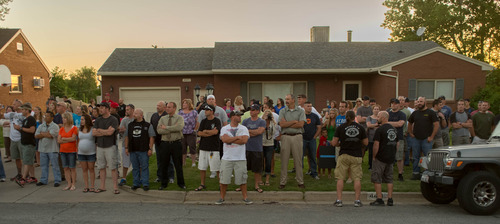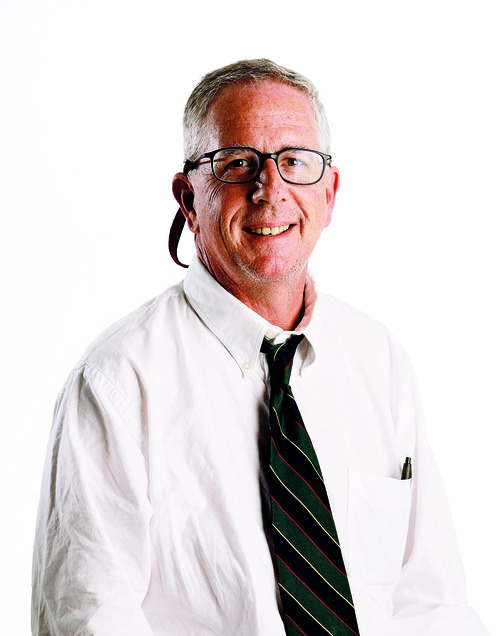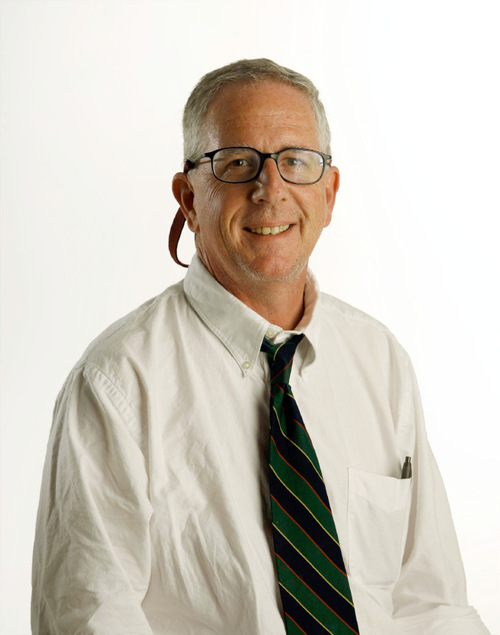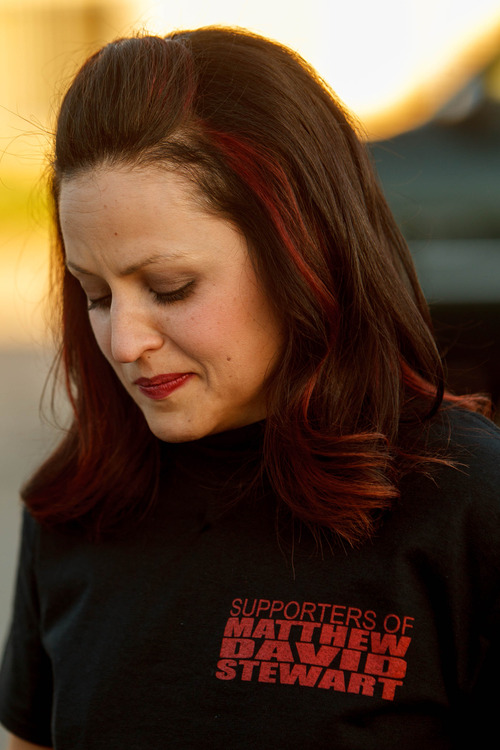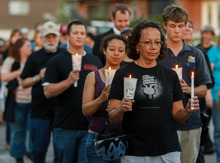This is an archived article that was published on sltrib.com in 2013, and information in the article may be outdated. It is provided only for personal research purposes and may not be reprinted.
What's so hard about pointing a camera and pushing a button?
This thought is at the heart of a recent decision by the Chicago Sun-Times to dismiss all 28 of its photographers. The Sun-Times, which has won two Pulitzer prizes for photography, instead plans to rely on its reporters, and on submissions from the public, to provide its local news photos.
It's not an entirely crazy notion. Many powerful news photos come from simply being in the right place at the right time. The grainy images of a jet penetrating the twin towers came not from professional photojournalists but from people who happened to catch it. And that was 12 years ago. Now the world spits out photos at hundreds per second, and a boatload of those become news.
The Sun-Times' plan is not on our radar at The Salt Lake Tribune. We welcome and encourage more photography from our reporters and from readers, but there will always be times and places to go with a pro. While pointing and pushing is simple, getting to that point can be complex, daunting and even dangerous. Our best images consistently come from experienced people who know how to get the shot.
Consider last Wednesday's vigil in Ogden for Matthew David Stewart, who hanged himself in jail while awaiting trial for the death of Ogden police officer Jared Francom during a controversial raid on Stewart's home. The vigil attracted supporters of both Stewart and the police, and Tribune photographer Trent Nelson once again was in the middle.
"As a professional news photographer, you find yourself in this position a lot, trying to document an emotional event while remaining objective," said Nelson. " … I just try to show what happened. Sometimes that is easier said than done.
"I have now photographed both Jared Francom's widow at her husband's funeral and Stewart's sister-in-law giving him an emotional eulogy," Nelson continued. "As a human being seeing these intimate moments, you can't help but feel for both of their losses. You hope that your photographs lead to a greater understanding of each situation."
Photographs are essential elements of every newspaper, but it's our online readers who are the most voracious photo consumers. Just last weekend we had more than a half million clicks on staff-produced photography. (It helps to have Taylor Swift and the Pride Parade on the same weekend.)
The real power of photography is beyond numbers.
"Terms like 'civil rights,' 'Vietnam War' and 'Great Depression' all bring to mind very specific images," says Director of Photography Jeremy Harmon, who was born the year before that last chopper lifted off from Saigon. "The photographs are part of our collective cultural memory. They are the most immediate and tangible evidence of our past."
The great French photojournalism pioneer Henri Cartier-Bresson called it the "decisive moment," that instant when the elements of a story come together: "To me, photography is the simultaneous recognition, in a fraction of a second, of the significance of an event as well as of a precise organization of forms which give that event its proper expression."
It's not a job to be taken lightly, and The Tribune doesn't.
Tim Fitzpatrick is deputy editor of The Tribune. He can be reached at fitz@sltrib.com.



